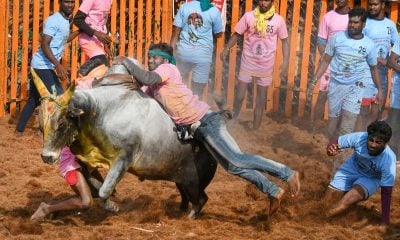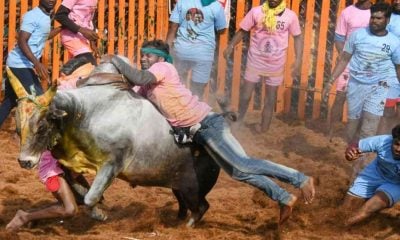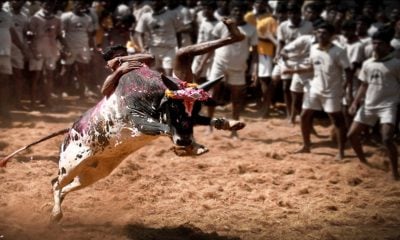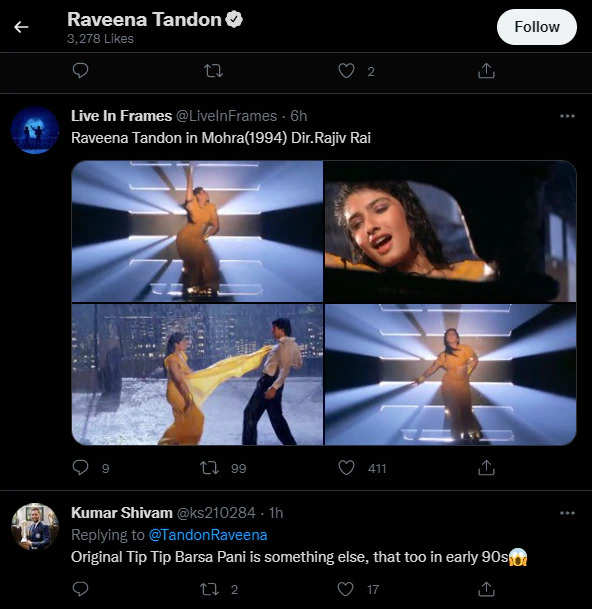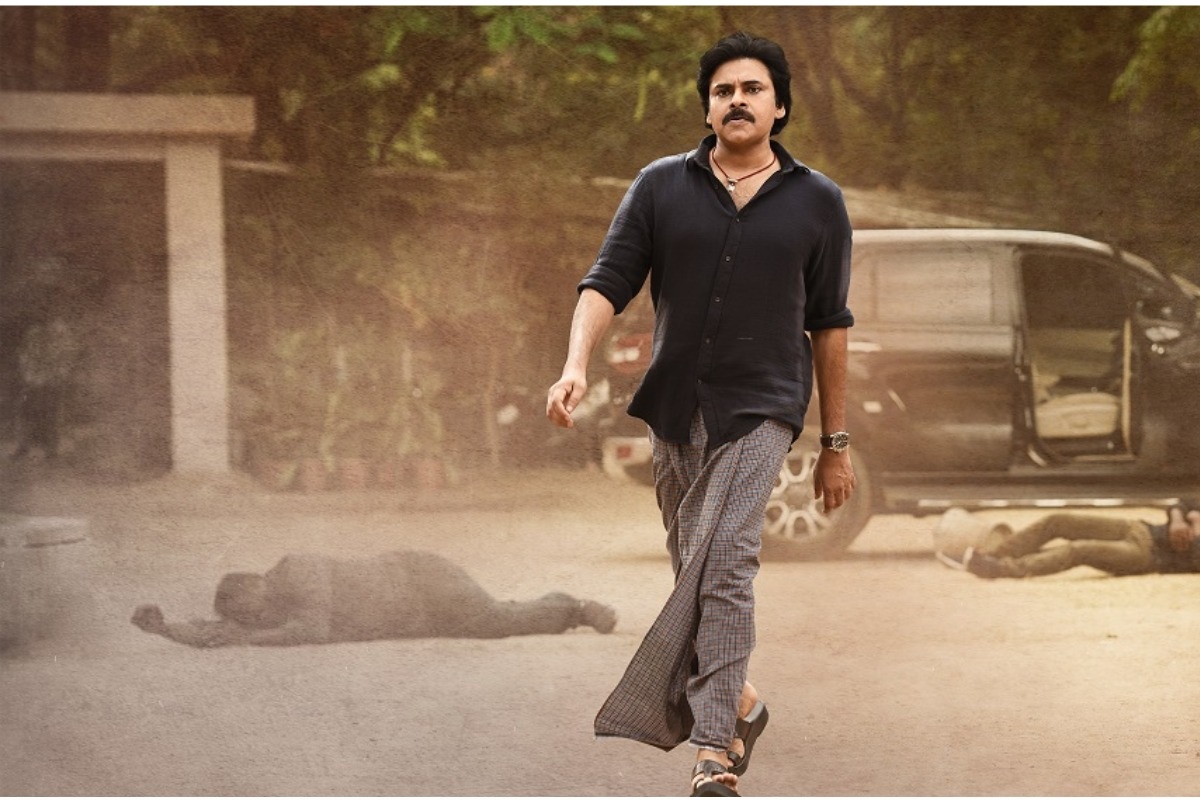[vc_row][vc_column][vc_column_text]The near-urban protestors at Chennai seem to be angry about something altogether
Parsa Venkateshwar Rao Jr
Tempers are running high, and rhetoric is soaring around the issue of Jallikattu. Most of the protesters at the Marina Beach in Chennai seem to be urbanites with not much acquaintance with the country-sport or festivals. Of course, India as an emerging market, is also trying to get away from the pastoral lifestyle into the digital fast lane. Of course, we are still an agricultural country, where 70 per cent of the 1.2 billlion people live in villages that are not wholly the villages of old. It is a mix of rural and urban—not yet urban but getting there. The mobile phone network is only half of what it is in the cities and towns.
So what is the significance of jallikattu? And how many indeed dare take part in it? Does it still play an important role in agricultural rituals? It appears that it does to some extent. The talk about Tamil cultural pride in connection with the bull-run is a little exaggerated, not that it is untrue. The fiery and ardent defenders of Tamil culture have to know that there is more to their culture than jallikattu. It may have been an important part of the rural culture of the region when agriculture was the mainstay of the economy as well as lifestyle.
It is also true that in many parts of the country, the village is still an important part of popular culture and this can be seen in films. Hindi films have become urban, but films made in Tamil and Telugu, Malayalam and Kannada, even Marathi and Odiya, still carry the semi-picturesque but a trifle impoverished village life.
It can also be seen that livestock in terms of cattle, sheep, camels and horses is much too numerous, and therefore a part of the life picture. And domesticated livestock are part of the festival cycle in more ways than one. The killing of goats near the Kali temple in Kolkata or goats and sheep for Eid-ul-Adha, or the decoration of bulls in rural Andhra and Telangana during Sankranti, the bullock-cart races during Baisakhi in rural Punjab, which has been party transformed into a tractor race, as shown in the popular television serial, Veera some years ago, retain their strong traces of the rural and agricultural past. It is in this context that jallikattu can be seen as part of the cultural menu.
So the angry protests in Chennai can be seen as a legible signature but nothing more than that.
Instead of banning it in a blinker’s bureaucratic fashion what governments and courts had to do was to see to it that there was no cruelty shown to the bulls during the bull-run. That could have been ensured. And it appears that the rules of the game already specify that the bulls cannot be ridden roughshod and that the bull-tamers can only hold on to the hump, not to the horns, not to the sides, not to the tail and all that. The track is barricaded on both sides. This is something similar to the bull-run in Pamplona, Spain. It should be possible to retain jallikattu as a colourful rural sport, and new rules would have evolved.
Cultural psychologists need to analyse why jallikattu protests erupted in urban Chennai and from the quite-urban youth, who do not any more share the rural life rhythms or rural pastimes. There is something else on the mind of thousands of protestors. Something else is indeed simmering in the minds of the Tamil Nadu’s urban youth. As historian Ramachandra Guha tweeted, it could be about “jobless growth” as in the case of Jat and Patidar agitations for reservations. But it could be something deeper as well. There might be a genuine unease at the fading cultural heritage, and nothing genuine has taken its place. The cultural vacuum in the hearts and minds of people is much more frightening, and therefore the reaction is angrier, and the issue of jallikattu was just the trigger.
Unfortunately in India, the economists and political scientists and jurists cannot grasp the intangibles of cultural discontent. And there are not many cultural anthropologists in the country, though economic anthropology is gaining a little ground here and there. Freudian analysis would not be of much help because despite the attachment to psychoanalysis in the West, Freudianism has not been embedded sufficiently in Indian cultural analyses. So we need to hunt for ways to understand our collective alienation, which cannot be explained in universal terms of the psychoanalytic triad of id-ego-superego, or that of sublimation, or Marxian reification. All these terms have fallen by the wayside. There is a crying need to understand ourselves, especially our cultural pathologies, and we need terms of reference to which one can relate to, connect with, so that we can find some solace, some catharsis, some resolution of sorts.[/vc_column_text][/vc_column][/vc_row]
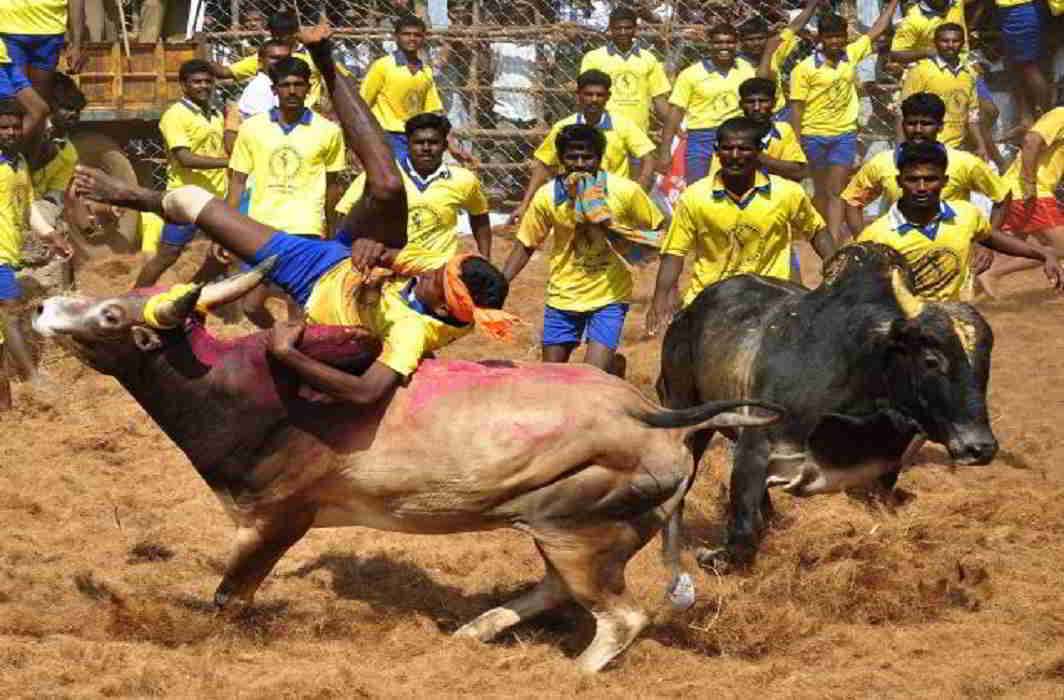
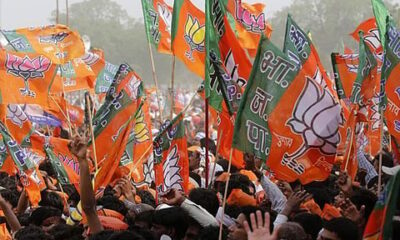
 India News10 hours ago
India News10 hours ago
 India News12 hours ago
India News12 hours ago
 Entertainment8 hours ago
Entertainment8 hours ago
 India News14 hours ago
India News14 hours ago
 India News14 hours ago
India News14 hours ago
 India News8 hours ago
India News8 hours ago
 Latest world news7 hours ago
Latest world news7 hours ago
 India News8 hours ago
India News8 hours ago
